Software plays an increasingly vital role in conservation, helping to protect and manage biodiversity through innovative technological solutions. It also facilitates collaboration among researchers, local communities, and governments, empowering them to develop sustainable conservation strategies. However, many of us working in conservation tech don't have the benefit of a large team of software experts to collaborate with or bounce ideas off of. We aim to change that.
This group is for anyone interested in applying software to conservation and wildlife research. Whether you're a developer eager to contribute to conservation or a newbie with valuable data and ideas but limited software experience, this group connects people with diverse expertise. It provides a space for asking questions, sharing resources, and staying informed about new technologies and best practices. We are also committed to supporting technologists and conservationists from the Global South, ensuring that everyone has access to the tools, knowledge, and opportunities to contribute meaningfully.
Our goal is to foster collaboration and avoid "reinventing the wheel" by sharing solutions, whether it's an application, design approach, or a simple script. We also aim to lower barriers to entry by offering mentorship and guidance and providing feedback on technical ideas. This supportive community is a place to learn, connect, and contribute to the advancement of conservation through software. Whether you're looking for software and mobile app developers to help you with your conservation tech needs, have questions about development, are looking for resources, or would like to share your own app, software, or gaming tools, this is the group for you!
Resources
Header photo: Trevor Hebert
Group curators
Wildlife Protection Solutions (WPS)
Software Engineer in Conservation Tech



- 2 Resources
- 15 Discussions
- 10 Groups
Wildlife Protection Solutions (WPS)
Director of Technology at Wildlife Protection Solutions. Primarily focuses on leveraging machine learning and advanced data analytics to combat poaching, monitor biodiversity, and predict environmental threats.
- 0 Resources
- 1 Discussions
- 5 Groups
- @emcandler
- | she/her
- 0 Resources
- 0 Discussions
- 6 Groups
Senior Wildlife Research Scientist
- 0 Resources
- 0 Discussions
- 7 Groups
Physicist and software engineer with over 40 years experience in science and technology.
- 0 Resources
- 0 Discussions
- 1 Groups
Scaling biodiversity monitoring, using smart sensors and ai-pipelines

- 0 Resources
- 2 Discussions
- 10 Groups
- @ahmedjunaid
- | He/His
Zoologist, Ecologist, Herpetologist, Conservation Biologist





- 63 Resources
- 7 Discussions
- 26 Groups
Max Planck Institute of Animal Behavior
Project leader of MoveApps | Movement ecology

- 1 Resources
- 5 Discussions
- 5 Groups
- @alekseisaunders
- | He/Him/His
Wildlife conservationist, ichthyologist, now pursuing a career in Software Engineering and Web Development

- 0 Resources
- 1 Discussions
- 4 Groups
- @Robincrocs
- | He/Him//El//Ele
Wildlife biologist, works with Caimans and Crocodiles
- 0 Resources
- 0 Discussions
- 15 Groups
- @StephODonnell
- | She / Her
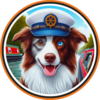


- 193 Resources
- 676 Discussions
- 32 Groups
2023 Bachelor Degree Graduate from the College of African Wildlife Management, Mweka.

- 0 Resources
- 3 Discussions
- 14 Groups
Hello, I am a PhD student studying birds and box turtles!
- 0 Resources
- 0 Discussions
- 9 Groups
I am a conservation technology advisor with New Zealand's Department of Conservation. I have experience in developing remote monitoring tech, sensors, remote comms and data management.
- 0 Resources
- 0 Discussions
- 15 Groups
Conservation International is proud to announce the launch of the Nature Tech for Biodiversity Sector Map, developed in partnership with the Nature Tech Collective!
1 April 2025
Modern GIS is open technology, scalable, and interoperable. How do you implement it? [Header image: kepler.gl]
12 March 2025
The Conservation Technology Laboratory within the Population Sustainability department is seeking two fellows for summer 2025
5 February 2025
OPeNDAP is looking for a Senior Software Developer who is passionate about working on open source solutions for scientific data access.
5 February 2025
We look for a person with programming skills in R and/or Python.
4 February 2025
Key Conservation is seeking an experienced Software Developer to join our team.
28 January 2025
Article
SPARROW: Solar-Powered Acoustics and Remote Recording Observation Watch
18 December 2024
Develop state-of-the-art interactive ML-based tools for biodiverstiy conservation and related applications
11 December 2024
May be of interest to WILDLABS in terms of open source solutions, conservation tech, and learning about similar efforts. The founder of Open Sustainable Technology wrote this post about their work: https://...
2 December 2024
June 2025
event
November 2025
March 2025
event
February 2025
event
event
46 Products
Recently updated products
| Description | Activity | Replies | Groups | Updated |
|---|---|---|---|---|
| Hi Tom, Not sure if it's too late but the Species+ database from CITES has an API: Species+/CITES Checklist API (speciesplus.net) |
|
Software Development | 4 years 4 months ago | |
| The Big Wild is a growing start-up looking for a partner who is a full-stack engineer or similar. We are looking to grow from a... |
|
Software Development | 4 years 5 months ago | |
| Fauna & Flora International (FFI) and the Association of Conservation for the Biodiversity of Kazakhstan (ACBK) are looking for... |
|
Software Development | 4 years 7 months ago | |
| Mongabay had a cool feature on an app the Philippine environmental dept is rolling out to combat illegal wildlife trafficking, complete... |
|
Software Development | 4 years 8 months ago | |
| Hello Wildlabs community, The SMART Partnership 2020 user survey is out and we would love to have input from as many SMART users as... |
|
Software Development | 4 years 8 months ago | |
| Hello Software and Mobile apps community, WildTrack (wildtrack.org) has just joined WildLabs and we have a new community forum FIT (... |
|
Software Development | 5 years ago | |
| Since 2018, Biologists without Borders has been gathering data on illegal ivory sales in the U.S. via internet searches and our... |
|
Software Development | 5 years 1 month ago | |
| For my master's capstone project I'm looking to learn from conservation organizations who have engaged local residents (i.e. not... |
|
Software Development | 5 years 2 months ago | |
| For my master's capstone project I'm looking to learn from conservation organizations who have engaged local residents (i.e. not... |
|
Software Development | 5 years 3 months ago | |
| Hi Alan, Thanks for the suggestion. I ended up using Visual Studio but will take a look at LiveCode for future work - sounds very cool. Thanks, Kas |
|
Software Development | 5 years 3 months ago | |
| URL is www.runtastic.com/run-wild |
|
Software Development | 5 years 4 months ago | |
| Hi I found information about this software A new software for camera trap analysis https://www.zsl.org/zsl-camera-trap... |
|
Software Development | 5 years 5 months ago |
Webinar: Wildlife Drones’ Dragonfly – Revolutionizing VHF Tracking Technology
3 February 2025 4:31am
Catch Up on the WILDLABS Software Development Community Call: Quality Assurance and Testing
29 January 2025 4:59pm
Software Developer - Key Conservation
28 January 2025 11:36pm
Nature Tech Unconference
Looking for bird and bat audio datasets and related research for biodiversity AI project
8 January 2025 11:12am
13 January 2025 5:28pm
Thank you very much!
15 January 2025 10:38pm
I have made a bird audio classifier for New Zealand birds. My dataset is the wrong region for you, but you're welcome to use any of my code. https://github.com/Wologman/Kaytoo The tool its self can be found here: https://drive.google.com/drive/folders/1X5j77w7qw9ExdnA2P7-RM-2FwgJcFjR0
Regards,
Olly
16 January 2025 9:38am
Hey, please find here a dataset about nocturnal bird calls in Europe
[2412.03633] NBM: an Open Dataset for the Acoustic Monitoring of Nocturnal Migratory Birds in Europe
Abstract page for arXiv paper 2412.03633: NBM: an Open Dataset for the Acoustic Monitoring of Nocturnal Migratory Birds in Europe
Webinar: Drone-based VHF tracking for Wildlife Research and Management
9 January 2025 11:45pm
Video evidence for the evaluation of behavioral state predictions
17 December 2024 11:02am
19 December 2024 11:53am
Currently, the main focus is visual footage as we don't render audio data in the same way as we do for acceleration (also: the highly different frequencies can be hard to show sensibly side by side).
But In this sense, yes, the new module features 'quick adjust knobs' for time shifts: you can roll-over a timestamp and use a combination of shift/control and mouse-wheel to adjust the offset of the video by 1/10/60 seconds or simply enter the target timestamp manually down to the millisecond level. This work can then and also be saved in a custom mapping file to continue synchronisation work later on.
19 December 2024 12:59pm
but no "time scaling" adjustments to adjust a too "slow" or too "fast" video ?
19 December 2024 4:07pm
No, not yet. The player we attached does support slower/faster replay up to a certain precision, but I'm not sure that this will be sufficiently precise for the kind of offsets we are talking about. Adding an option on the frontend to adjust this is quite easy, but understanding the impact of this on internal timestamp handling will add a level of complexity that we need to experiment with first.
As you said, for a reliable estimate on this kind of drift we need at least 2 distinct synchronized markers with sufficient distance to each other, e.g. a precise start timestamp and some recognizable point event later on.
I perfectly agree that providing an easy-to-use solution does make perfect sense. We'll definitely see into this.
Announcement of Project SPARROW
18 December 2024 8:01pm
3 January 2025 6:48pm
Firetail 13 - now available
10 December 2024 10:55am
13 December 2024 3:31am
Thank you so much for looking into this issue quickly! Much appreciated.
17 December 2024 10:40am
I promised to keep you updated, and the article is now available here:
17 December 2024 10:42am
and a short contribution in this e-obs setup, where we used Firetail VideoSync to analyze motion-triggered camera footage:
AI Researcher / Doctoral Candidate
11 December 2024 1:45pm
Open Sustainable Technology directory
2 December 2024 4:17pm
Catch Up on the December Software Developer Community Call
26 November 2024 5:26pm
MegaDetector V6 and Pytorch-Wildlife V1.1.0 !
9 November 2024 3:34am
11 November 2024 7:57pm
Hello Patrick, thanks for asking! We are currently working on a bioacoustics module and will be releasing some time early next year. Maybe we can have some of your models in our initial bioacoustics model zoo, or if you don't have a model yet but have annotated datasets, we can probably train some models together? Let me know what you think!
11 November 2024 7:58pm
Thank you so much! We are also working on a bounding box based aerial animal detection model. Hopefully will release sometime early next year as well. It would be great to see how the model runs on your aerial datasets! We will keep you posted!
22 November 2024 5:13pm
Hi Zhongqi! We are finalizing our modelling work over the next couple of weeks and can make our work availabile for your team. Our objective is to create small (<500k parameters) quantized models that can run on low-power ARM processors. We have custom hardware that we built around them and will be deploying back in Patagonia in March 2025. Would be happy to chat further if interested!
We have an active submission to Nature Scientific Data with the annotated dataset. Once that gets approved (should be sometime soon), I can send you the figshare link to the repo.
Need advice on data for an app that recommends plants.
21 November 2024 1:47pm
21 November 2024 8:41pm
It's a really good question, Colleen!
Ideally, I would work with two developers, or at least one developer and one other party who knows what developing an app like this would mean. This will lower the risk that the developer answers your question too much in their advantage. So this is one reason why it is a good question, and maybe this is why you ask it. However, if you really trust your developer not to take advantage, then go with just her/him/they.
It's also a good question because there is no easiest way to go about this if you're on a budget. You mention that you do not have a tech background, so here comes some explaining. If I misunderstood, then please skip and continue at "Back to 'the easiest way to go about this'"
There are at least two things you should be really aware of when it comes to software development.
The first is that once the basic data structure is defined and the software built around it, it is extremely costly to change the data structure. It's like deciding after the car has been built, that the engine should go to the back of the car instead of the front.
The second thing is that the basic data structure is dependent on ( among other things, but I'd say these are the two most important factors ) the complexity of what needs to be achieved and the speed at which it needs to be done.
The difficulty is that the required complexity and the speed may change over time, which brings one back to the car and engine situation. Changes in complexity and speed requirements may be the result of many things, one of which is success. You get far more clients than anticipated, so the system needs to be scaled up. In addition, with more users come more feature requests ( this can work both ways: new features result in more users, and more users may result in more feature requests ).
There is no real solution to this problem ( well, except not growing beyond the point that the first design can handle ). When it comes to scaling up, one vendor may claim that their database back bone easily scales up. Maybe so - but it may come at a price and they may also underestimate your and their own future needs. When it comes to changes in complexity, additional features can in the beginning probably be added on without changing the basic data structure. Maybe an additional row of seats at the back of the car, a trailer hook, bigger lamps, a roof-rack, a trailer, suitcases on the rack. At some point the car will need a new and bigger engine to carry all those add ons and keep at the same speed.
Here is a prediction : the more you stress cheap and efficient at the beginning, the bigger these problems will be later on. But when the business is successful, there will be more money to invest in scaling up and redesigning. Obviously yes, but in terms of the car metaphor, you may find that you want the car to be kept running with all its added on features, while the engine is replaced and moved to the back. It may be possible, but perhaps out of reach of patience and the increased income.
Back to 'the easiest way to go about this':
Invest a little effort to find out not only what are the minimum requirements for the MVP, but also what else you or your clients may want in the future. The developer should then have these future requirements in mind (and future upscaling) when they start developing for the minimum ones. This means, develop a somewhat more generic data structure than what is necessary for the MVP. This will cost some more at the beginning but should save a lot later on. I'm writing 'should' not 'will' on purpose. It's a balancing act because taking too much into account has the risk of over-engineering for a future that may not happen, or develop differently than expected. Like I said, there is no easiest way out.
A few more detailed comments
If there is no API for a source, try to go around it if possible at the beginning. API's are made with some long term stability in mind. Websites and web pages not necessarily so or less so. They will require more monitoring and maintenance on the web scraping routines.
Perhaps the developer may not be aware of the necessary pre-work that needs to be done if the pre-work depends on biological knowledge needed to transform the data from your data sources into data that allows easy ( and fast ) calculation of results to the users.
Help us test PAMGuard for macOS
19 November 2024 12:16pm
What new languages, tools, and frameworks are you excited about?
14 November 2024 6:58pm
Share your thoughts for the Software Development group!
23 September 2024 4:58pm
4 October 2024 5:01pm
Hi Margaux, thanks for starting this group - it certainly is an essential one for conservation tech enthusiasts!
7 October 2024 5:16pm
Thanks for your feedback! That is a great question, and one we would certainly like to explore further in a Variety Hour panel or discussion!
15 October 2024 7:59pm
I think this should be a high priority for one of our initial discussions and I also believe we should revisit on some cadence as well. It is so open ended and I think it is worthwhile for not only those of us who have been in the space for awhile but newcomers as well.
Automatic extraction of temperature/moon phase from camera trap video
29 November 2023 1:15pm
7 September 2024 9:44am
I just noticed that TrapTagger has integrated AI reading of timestamps for videos. I haven't had a chance to try it out yet, but it sounds promising.
28 October 2024 7:30pm
Small update. I uploaded >1000 videos from a spypoint flex camera and TrapTagger worked really well. Another program that I'm currently interested in is Timelapse which uses the file creation date/time. I haven't yet tried it, but it looks promising as well.
1 November 2024 12:29pm
Hi Lucy,
I now realised it is an old thread and you most likely have already found a solution long ago but this might be of interest to others.
As mentioned previously, it is definitely much better to take moon phase from the date and location. While moon phase in general is not a good proxy for illumination, that moon phase symbol on the video is even worse as it generalises the moon cycle into a few discreet categories. For calculating moon phase you can use suncalc package in R but if you want a deeper look and more detailed proxy for moonlight intensity, I wrote a paper on it
Biologically meaningful moonlight measures and their application in ecological research | Behavioral Ecology and Sociobiology
Light availability is one of the key drivers of animal activity, and moonlight is the brightest source of natural light at night. Moon phase is commonly us
with accompanying R package called moonlit
GitHub - msmielak/moonlit: moonlit - R package to estimate moonlight intensity for any given place and time
moonlit - R package to estimate moonlight intensity for any given place and time - msmielak/moonlit
When it comes to temperature I also agree that what is recorded in the camera is often very inconsistent so unless you have multiple cameras to average your measurements you are probably better off using something like NCEP/NCAR Reanalysis (again, there is an R package for that) but if you insist on extracting temperature from the picture, I tried it using tesseract and wrote a description here:
Good luck!
Looking for a Technical Co-founder/CTO - Native Plant Platform
30 September 2024 4:26pm
Getting a Software Job in Conservation
25 October 2024 9:18pm
LEAPs and bounds
MS and PhD Opportunities in Ocean Engineering and Oceanography
6 October 2024 9:44am
Biodiversity Data Engineer
Support no-code custom AI for camera trap images by filling out this survey
2 October 2024 10:43pm
Building a biodiversity startup focused on getting landowners to use native plants
23 September 2024 3:37pm
30 September 2024 10:06pm
This sounds a similar tool you may want to check out - Ecodash.ai
1 October 2024 2:40pm
Thanks! Do you happen to know how to get in touch with the folks leading this initiative?
1 October 2024 2:47pm
I'm not affiliated, I just happened across it... not sure who is actually leading it.
Quality Assurance Lead for FieldKit
25 September 2024 5:29pm
Design-led innovation for nature
20 September 2024 2:24pm



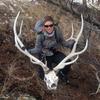


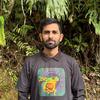





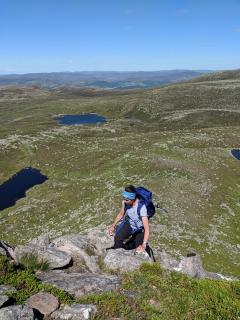
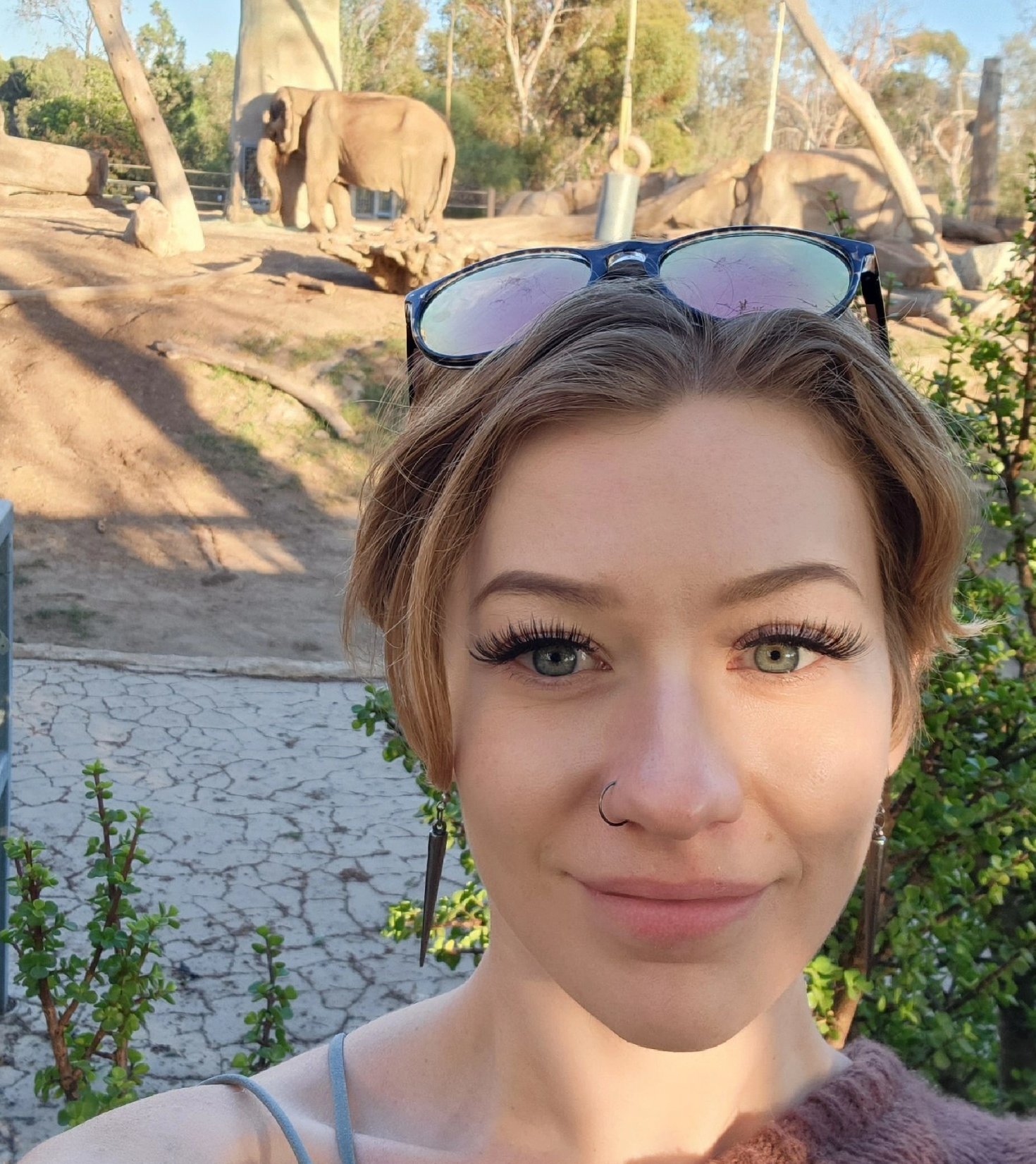
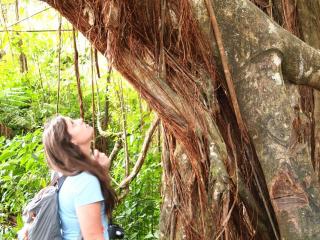




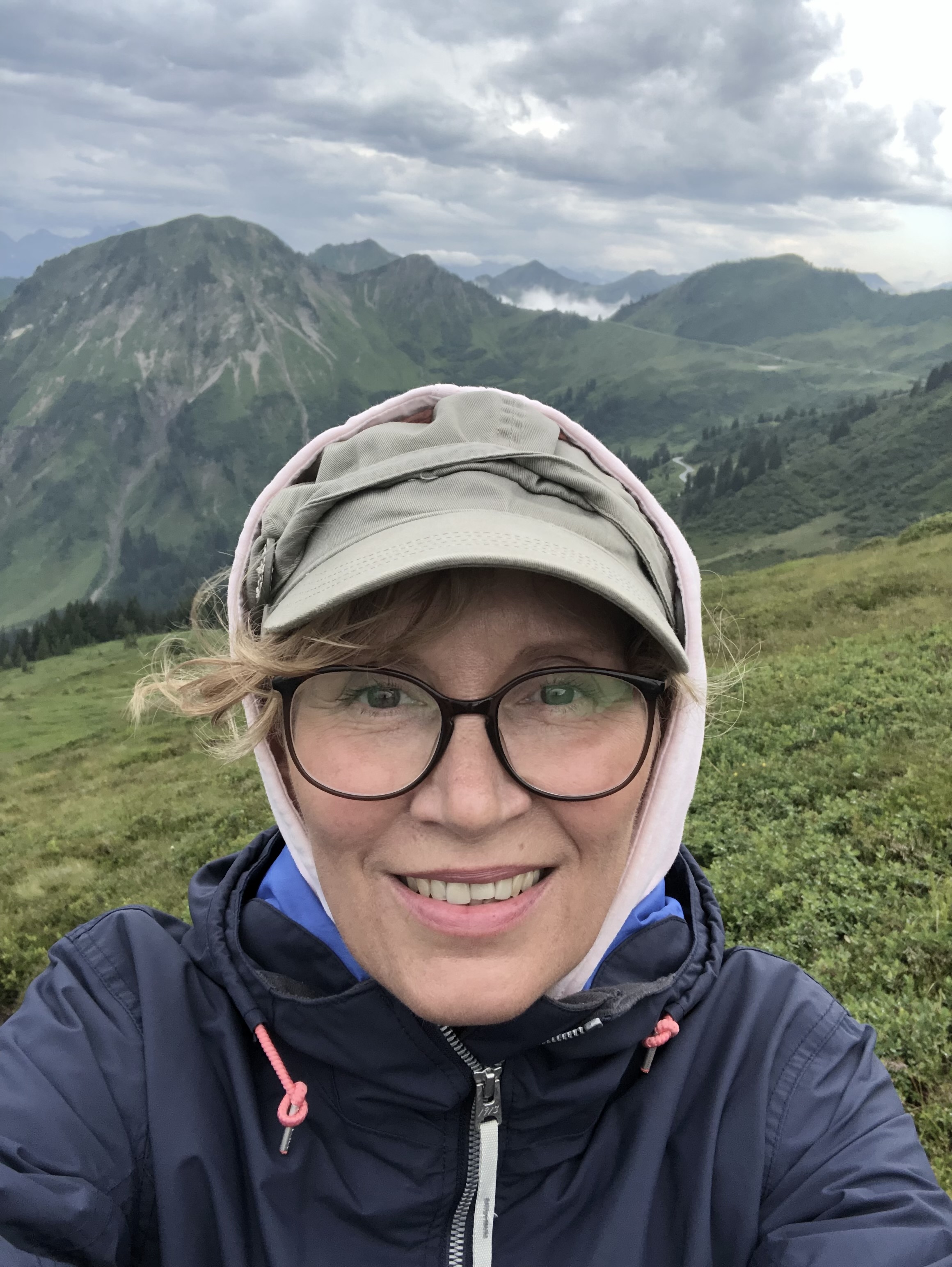




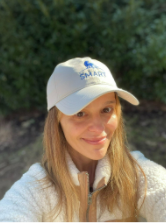

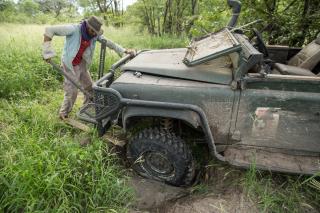





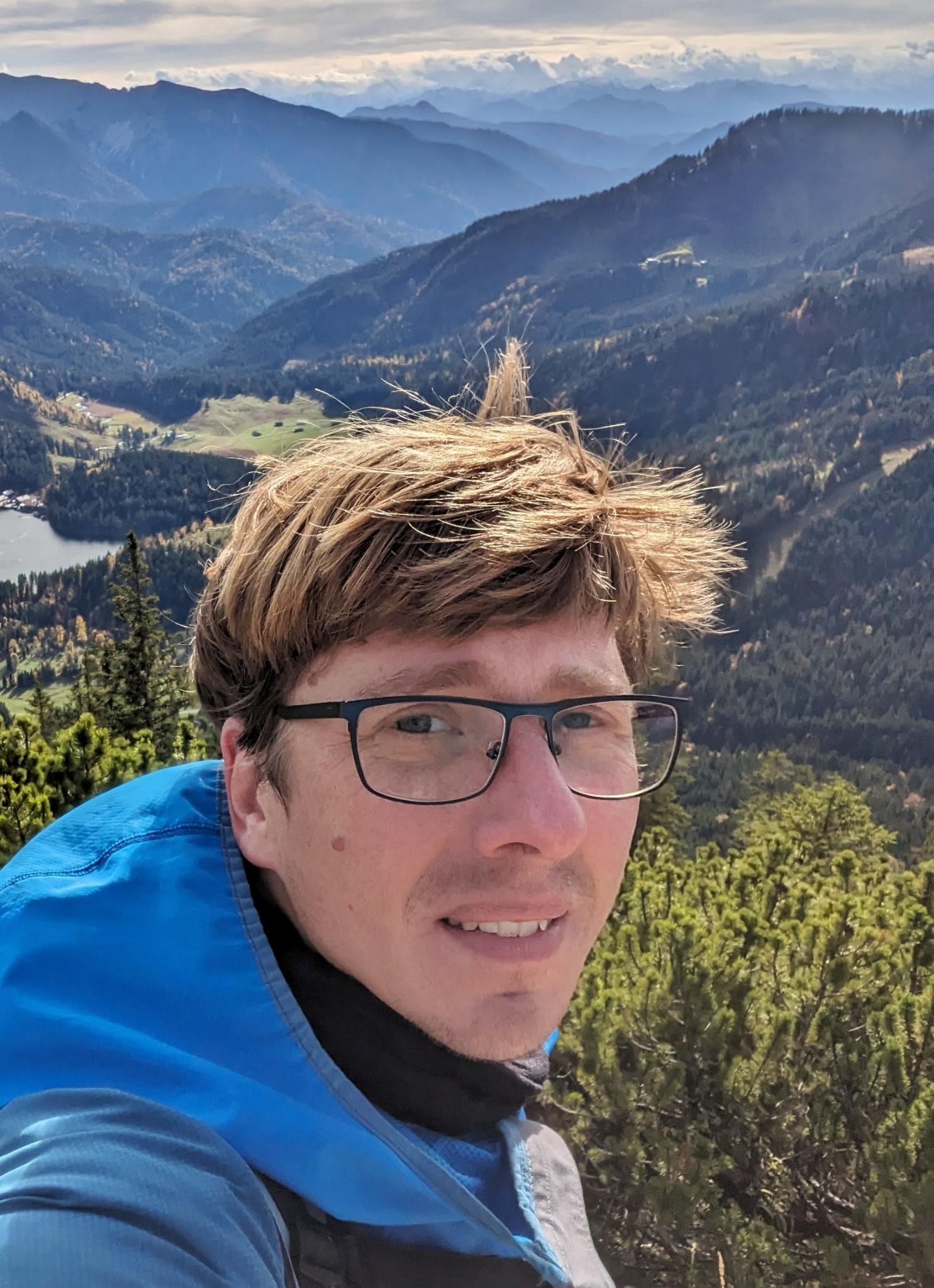


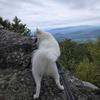






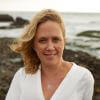






12 February 2025 5:48pm